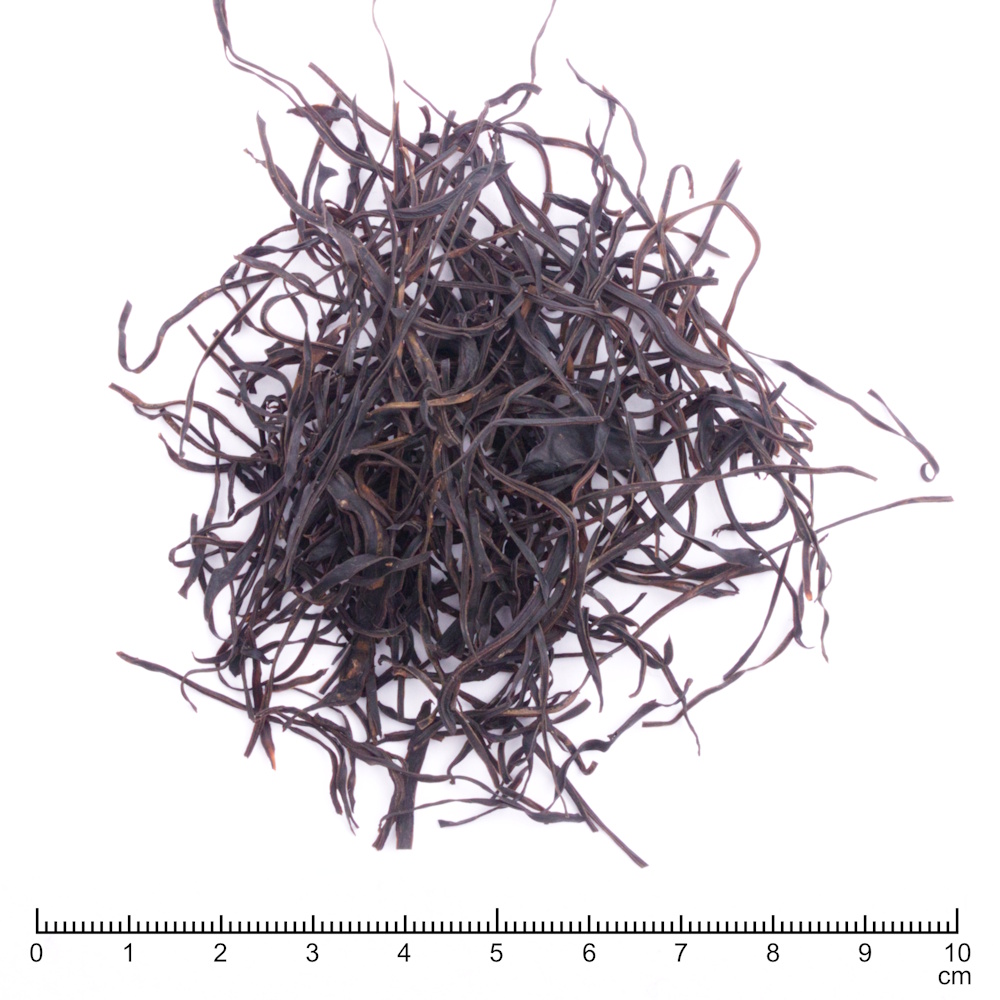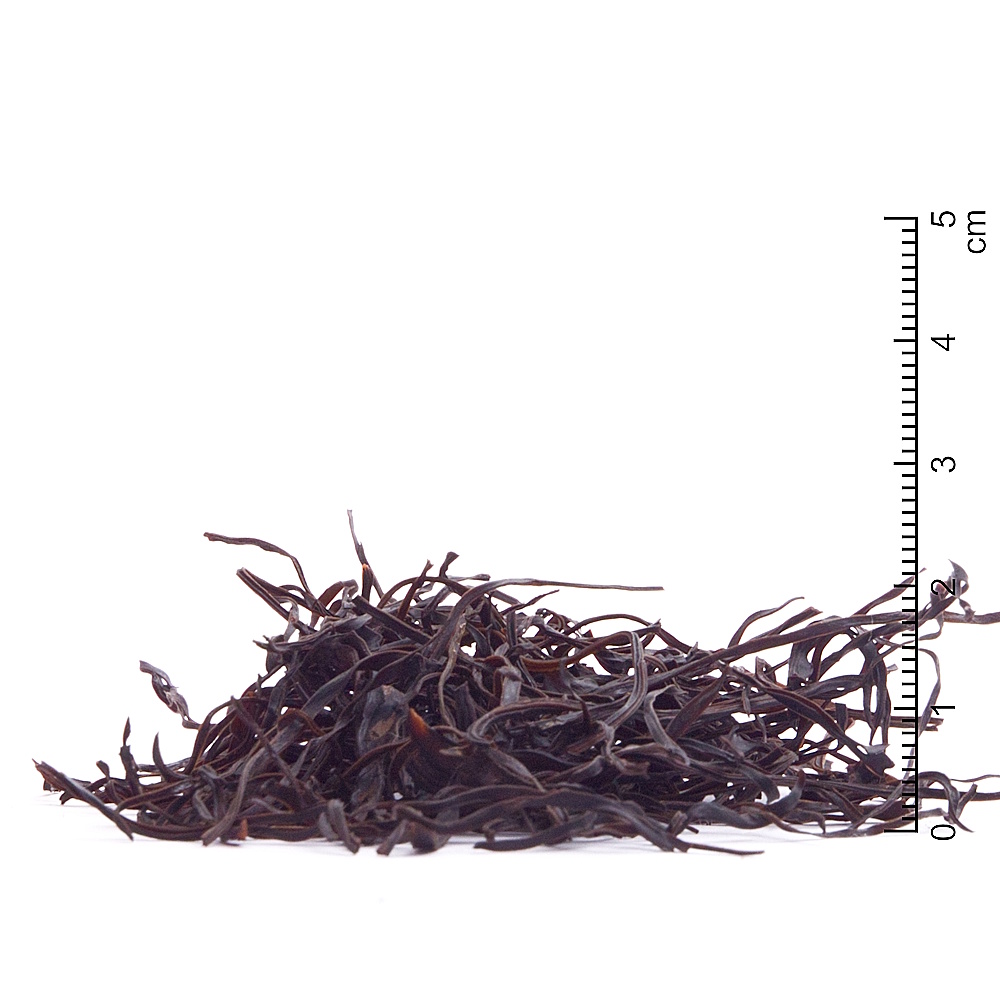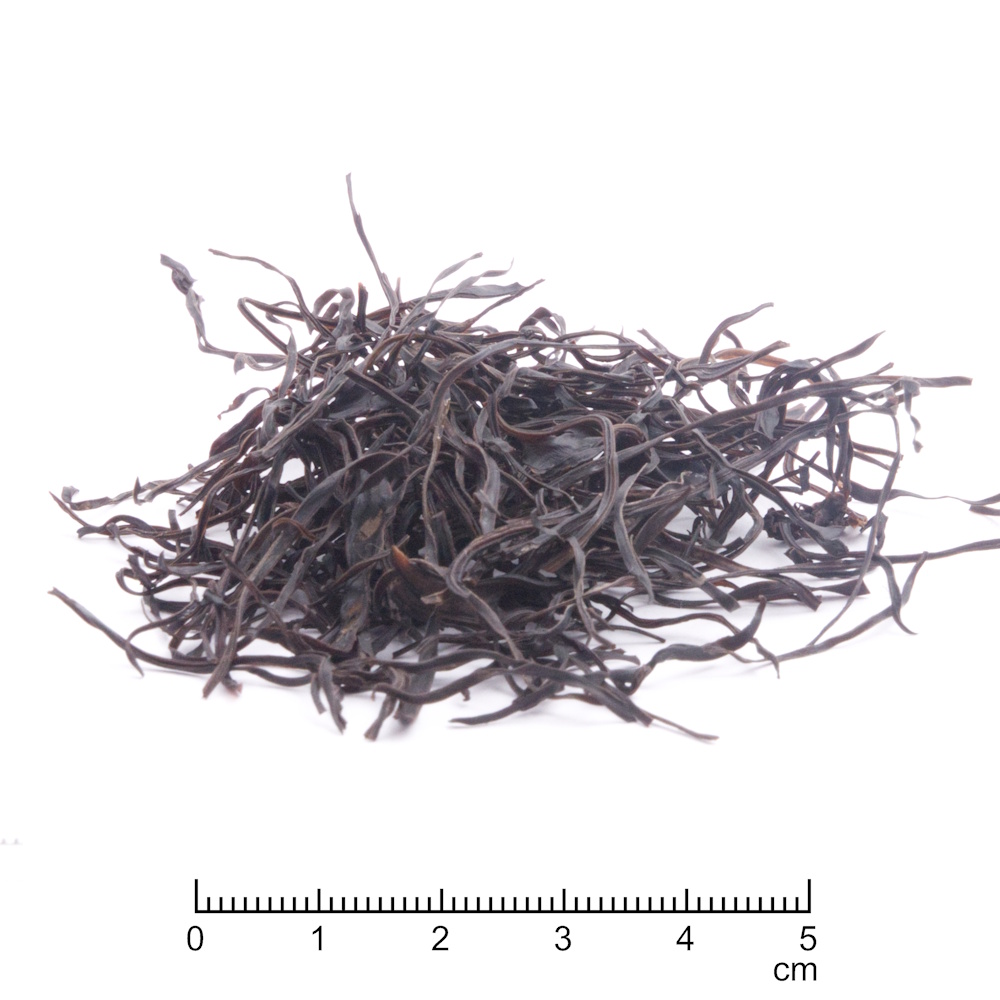Origin
Arame seaweed grows mainly in coastal waters of the north-western Pacific. The three most important areas where it occurs are the coasts of Japan (especially Ise Bay), Korea (East and South Sea) and, sporadically, the east coast of China. They prefer rocky underwater structures at depths of 1–5 metres and require cool, nutrient-rich currents for optimal growth.
Appearance
Arame is dark brown to blackish brown and grows in finely branched, flat thalli with ribbon-shaped lobes. The algae reach lengths of 30 to 100 cm. They form dense colonies and adhere to rocks with a strong adhesive organ.
Production
Arame is traditionally harvested wild, especially in rocky coastal regions, by hand or with hooks from boats. After harvesting, the seaweed is washed, cut into fine strips and gently dried. In some cases, it undergoes a brief steam treatment to improve shelf life and deactivate enzymes. After drying, the seaweed is sorted by size and colour.





